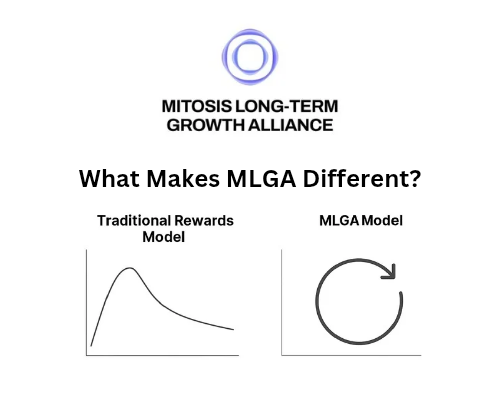Unlocking Crypto’s Future: How Mitosis Redefines Liquidity in a Multi-Chain World

Imagine a world where your crypto assets don’t just sit idle in a single blockchain’s pool but flow seamlessly across networks, earning yield wherever opportunity strikes. In 2025, as the cryptocurrency landscape fractures into a multi-chain tapestry, this vision is closer than ever—and Mitosis is leading the charge. With its innovative approach to Ecosystem-Owned Liquidity (EOL) and programmable assets like miAssets, Mitosis is tackling one of DeFi’s biggest challenges: fragmented liquidity. Why does this matter? Because billions of dollars in value remain locked or underutilized, and the stakes—for retail users, institutions, and emerging ecosystems—are higher than ever.
Multi-Chain Proliferation
Ethereum’s dominance has waned as Layer 2s like Arbitrum and alternative Layer 1s like Solana gain traction. According to DeFiLlama, Ethereum’s share of DeFi TVL dropped from 60% in early 2024 to 45% by Q1 2025, with competitors siphoning liquidity. This fragmentation means a $10 million ETH pool on Uniswap can’t easily serve a lending protocol on Avalanche without bridging—costing time and fees. Mitosis counters this with its Vaults, which pool liquidity across chains, letting miAssets move fluidly where they’re needed most.

Institutional-Retail Convergence
Spot Bitcoin ETFs now manage over $100 billion in assets (per Bloomberg), while retail users in places like Nigeria use crypto to combat 30% annual inflation. This dual demand calls for scalable yet accessible solutions. Mitosis’s EOL model empowers retail liquidity providers to act collectively, rivaling institutional efficiency—think of it as a decentralized hedge fund owned by its users.

Cross-Chain Messaging
Hyperlane, a Mitosis partner, streamlines asset transfers across networks. This could turbocharge Mitosis’s settlement system, syncing yields from a Polygon lending pool to an Arbitrum DEX in real time. As interoperability matures (e.g., Chainlink’s CCIP handling $1 trillion in cross-chain volume annually), Mitosis’s ability to route miAssets dynamically could set a new standard.

The crypto landscape of 2025 is a paradox of fragmentation and possibility. Multi-chain growth, institutional-retail synergy, and the push for capital efficiency are reshaping how value moves, while innovations like modular blockchains, cross-chain messaging, and restaking offer tools to bridge the gaps. Mitosis, with its EOL framework and programmable liquidity, stands at this intersection—turning fragmented assets into a cohesive, community-owned force.




Comments ()